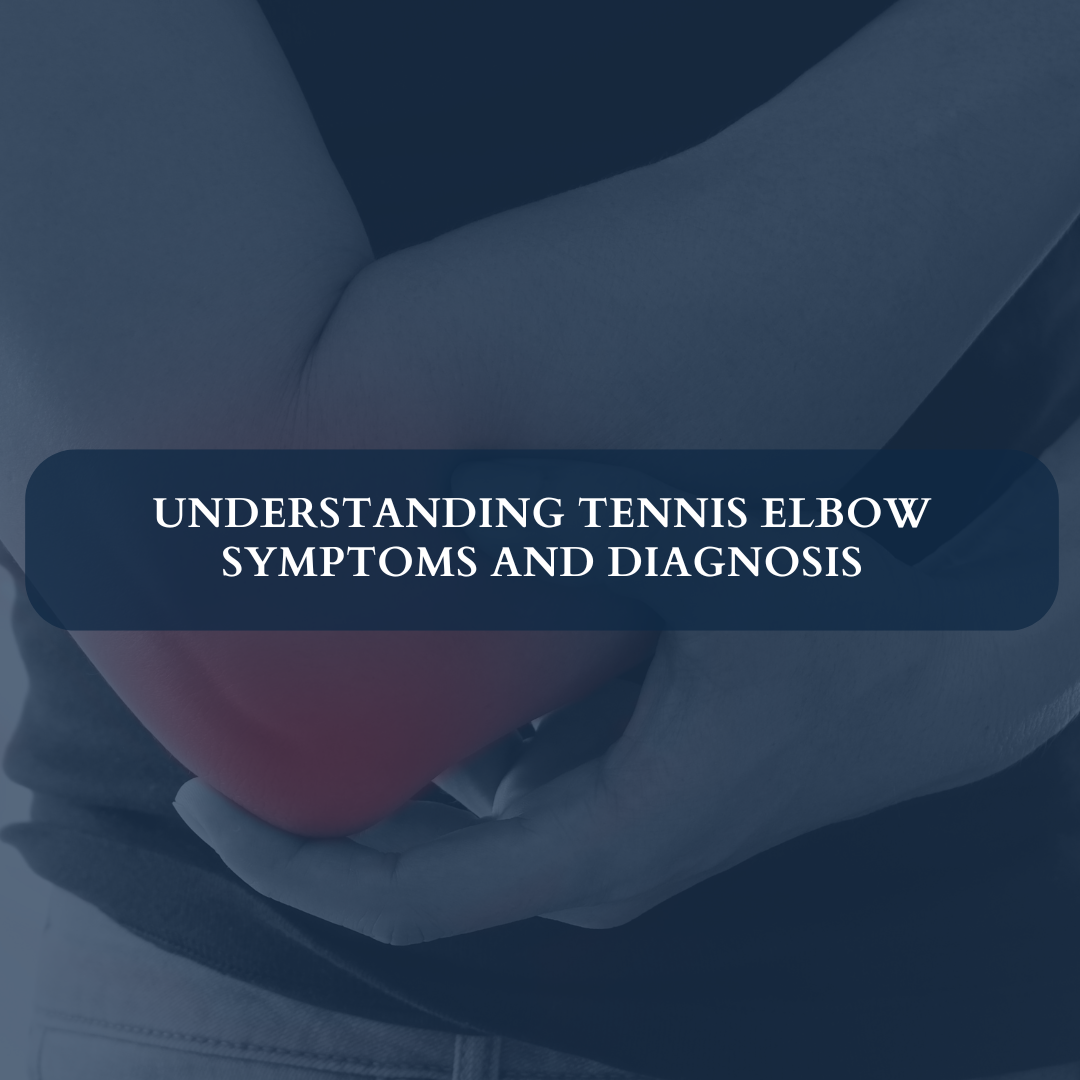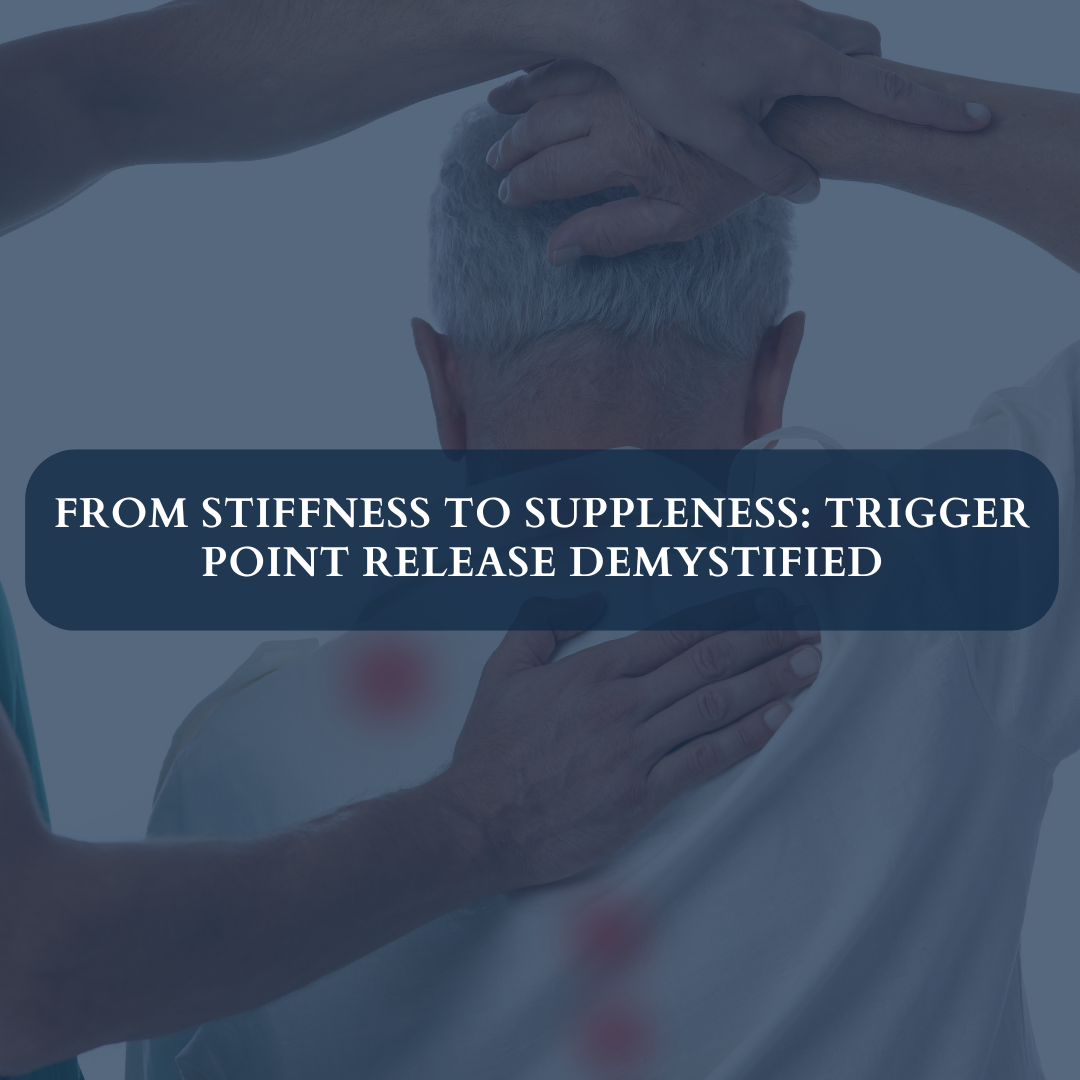Tennis elbow, medically known as lateral epicondylitis, is a condition that causes pain and tenderness on the outer part of the elbow. It primarily affects the tendons attached to the lateral epicondyle, the bony bump on the outside of the elbow. Despite its name, tennis elbow isn’t exclusive to tennis players; it can occur in anyone who repeatedly uses their forearm muscles, leading to overuse and strain on the tendons. Understanding the symptoms and diagnosis of tennis elbow is crucial for effective management and treatment.
What Causes Tennis Elbow?
To understand tennis elbow, it’s essential to grasp its underlying causes. While overuse of the forearm muscles is the primary trigger, specific activities can exacerbate the condition. These activities often involve repetitive gripping, twisting of the forearm, or strenuous wrist movements. Tennis players, carpenters, plumbers, painters, and individuals engaged in manual labor are particularly prone to developing tennis elbow due to the repetitive nature of their work.
Recognizing the Symptoms
Tennis elbow manifests through a range of symptoms, typically centered around the outer aspect of the elbow. The most common symptom is pain or tenderness on the lateral epicondyle, which may radiate down the forearm. This pain often worsens with gripping or lifting objects, as well as with activities that involve wrist extension, such as shaking hands or turning a doorknob. Over time, the pain may become chronic, impacting daily activities and reducing grip strength.
Diagnostic Techniques
Accurate diagnosis of tennis elbow is essential to initiate appropriate treatment. Healthcare professionals employ various techniques to assess the condition and rule out other potential causes of elbow pain. One common diagnostic method is a physical examination, where the physician evaluates the range of motion of the elbow joint, palpates the affected area for tenderness, and assesses muscle strength. Imaging tests such as X-rays or MRI scans may be ordered to visualize the extent of tissue damage and rule out other injuries or conditions.
Clinical Evaluation
During the clinical evaluation, the physician may ask about the patient’s medical history, including any previous injuries or activities that may have contributed to the onset of symptoms. It’s essential to provide detailed information about the nature and duration of the pain, as well as any factors that exacerbate or alleviate it. Additionally, the physician may perform specific maneuvers to elicit pain or reproduce the symptoms, helping to confirm the diagnosis of tennis elbow.
Treatment Options
Once diagnosed, tennis elbow can be managed through a combination of conservative treatments and, in severe cases, surgical intervention. Conservative measures often include rest, ice therapy, and the use of nonsteroidal anti-inflammatory drugs (NSAIDs) to alleviate pain and inflammation. Physical therapy exercises may be prescribed to strengthen the forearm muscles and improve flexibility. Additionally, wearing a brace or splint can provide support and reduce strain on the affected tendons.
Surgical Intervention
In cases where conservative treatments fail to provide relief or when there is severe tendon damage, surgical intervention may be necessary. The most common surgical procedure for tennis elbow is called lateral epicondyle release, where the damaged tendon tissue is removed, and the remaining healthy tissue is reattached to the bone. Surgery is typically considered a last resort option and is reserved for individuals who have persistent symptoms despite conservative treatments.
Prevention Strategies
Preventing tennis elbow involves adopting ergonomic practices and modifying activities to reduce strain on the elbow joint and forearm muscles. This includes using proper equipment and techniques during sports and occupational activities, taking regular breaks to rest the muscles, and performing stretching and strengthening exercises to maintain muscle balance and flexibility. Additionally, using equipment such as braces or straps during high-risk activities can provide added support and stability to the elbow joint.
Seeking Professional Help
If you experience persistent elbow pain or suspect you may have tennis elbow, it’s crucial to seek medical attention promptly. A healthcare professional can provide an accurate diagnosis and recommend appropriate treatment options based on your individual needs. Early intervention can help prevent the condition from worsening and improve the likelihood of a full recovery.
Conclusion
Understanding tennis elbow symptoms and diagnosis is essential for effective management and treatment of this common condition. By recognizing the underlying causes, recognizing the symptoms, and seeking timely medical evaluation, individuals can take proactive steps to alleviate pain, restore function, and prevent future injuries. Whether through conservative treatments or surgical intervention, addressing tennis elbow requires a comprehensive approach tailored to each patient’s unique circumstances.
Ready to explore your options for chiropractic and physiotherapy?
Contact SwastyaPhysio today to schedule a consultation and discover the best path to your wellness journey. We’re here to support your health every step of the way.
Banaswadi | HBR layout | Kalyan Nagar | Kammanahalli | Horamavu | Hennur






